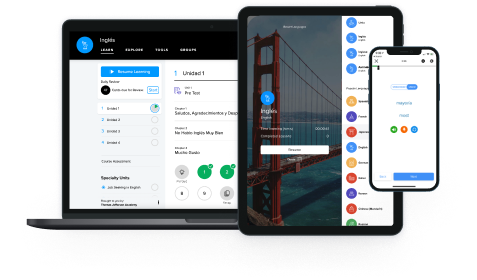Out of the three verbal groups, only the verbs in -are present a small spelling change, since, in the present conditional, the a of the infinitive ending -arebecomes e.
aspettare(to wait)→ aspetterei, aspetteresti, ...
guidare(to drive)→ guiderei, guideresti, ...
Other than that, the endings are the same for all three groups!

